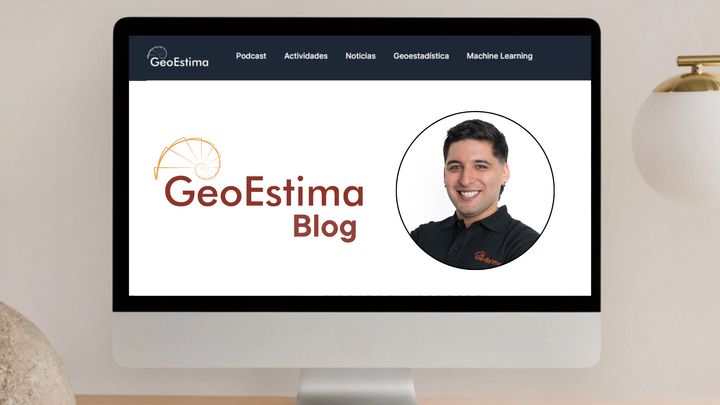The arrival of the new wave of Geostatistical Modelling software
During my visit to PDAC 2025, I observed a strong push from companies towards innovation in geoscience applications. I was surprised to see a significant increase in all-terrain devices that capture digital information from drill cores. To varying degrees, these devices integrate image scanning technologies, hyperspectral analysis, XRF, and data processing based on artificial intelligence (AI) tools.
However, what truly makes me believe that we are entering a new era of digital mining is not just the proliferation of these devices but the emergence of new software for geostatistical estimations. We can summarise the key features as follows:
- Cloud-based execution, offering greater accessibility and collaboration.
- High processing speed, significantly accelerating both linear estimations and conditional simulations.
- An automated parameterization of the entire estimation or simulation process, including variography.
- A balance between automation and flexibility: users retain the flexibility to edit parameters or use notebook-based coding in a Python environment, allowing for workflow customization or adaptation to specific problems.
- Notebook integration combines estimation processes with deep learning or machine learning tools.
- Multi-user environments, ideal for global collaborative projects.
Key Questions on This Technological Evolution
As with any major technological shift, we must ask ourselves specific questions. How will we ensure data privacy when uploading to the cloud and address associated cybersecurity aspects? We know that in mining—and many other industries—we handle highly strategic and sensitive data. I have already mentioned that these software solutions facilitate multi-user workflows, which is essential in a digital world where projects are executed by teams across different parts of the globe, as we have experienced at GeoEstima. However, this also increases data exposure. How will we manage the balance between cloud-based multi-user collaboration and information security?
Another question arises: Who will validate or endorse the criteria and parameters inherently defined in this automation? How will qualified professionals participate in this type of process? It is important to remember that, to date, no AI can replace the expertise and judgment of an experienced professional in the field. For this reason, understanding how skilled professionals will integrate into this new paradigm is crucial.
Where Are We Headed?
In the short term, I foresee two major changes in the way we work:
- Faster processing speeds will lead to shorter timelines for Resource Model development and broader implementation of tools in ore control processes.
- Conditional simulations will finally become a standard tool in resource estimation, ore control, and geometallurgy.
What Would I Like to See in This New Landscape?
From a personal perspective—speaking as someone who has spent decades in the mining industry and closely follows every innovation—three aspects particularly interest me:
- Testing these tools in action to provide insights from the standpoint of a pragmatic resource estimator.
- Exploring the integration of nonlinear geostatistics within these workflows.
- Discovering the latest advancements in 3D geological modelling in this new digital mining landscape.
Exciting times ahead! What are your thoughts?



